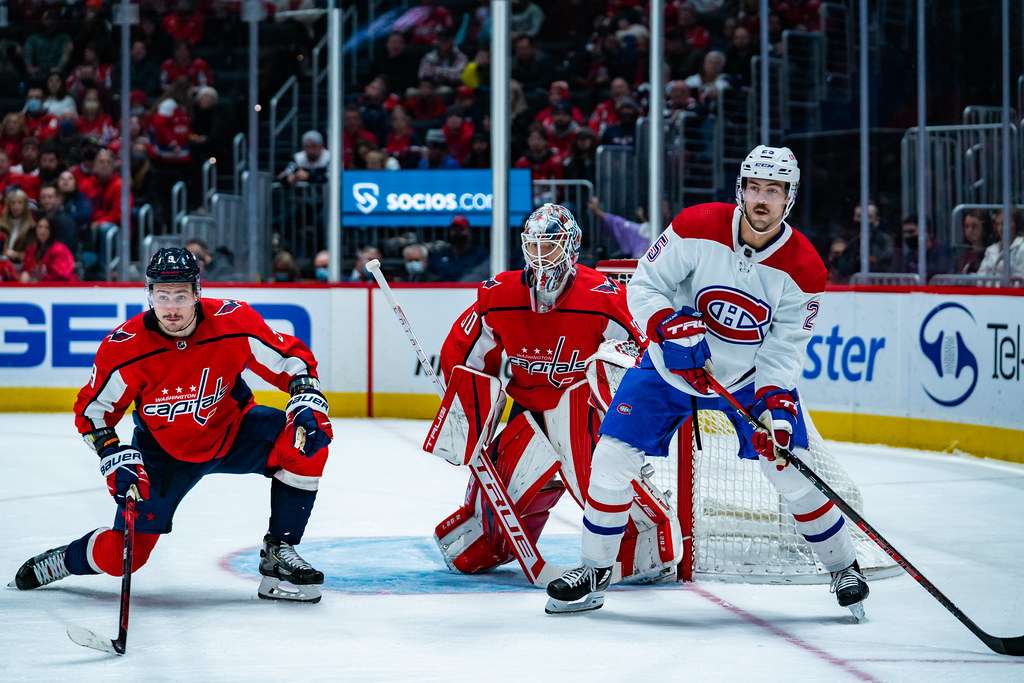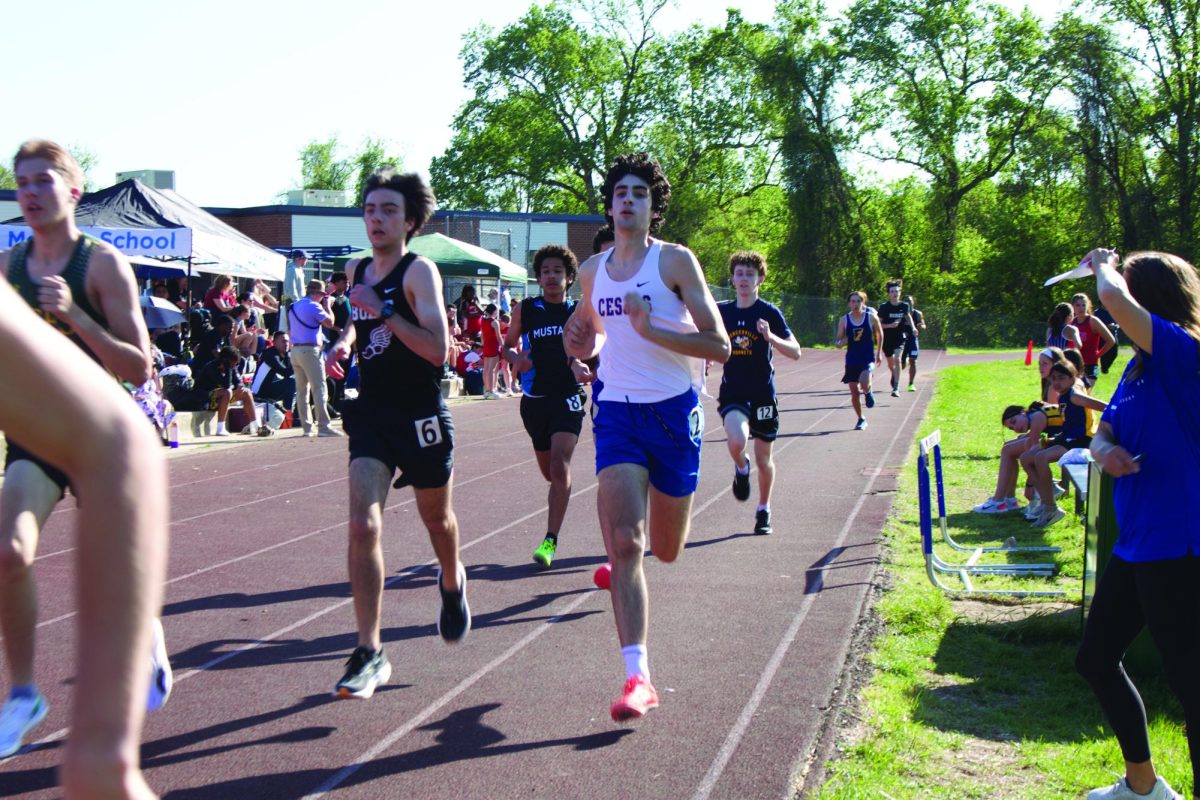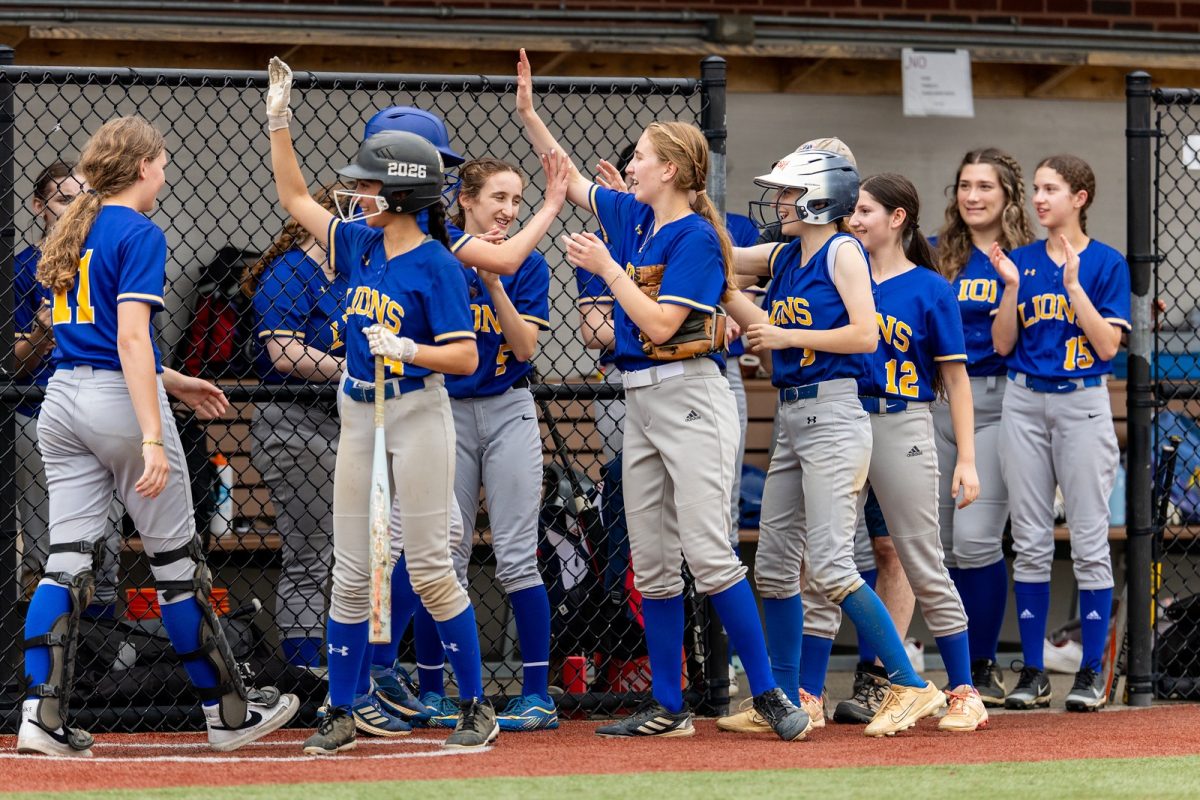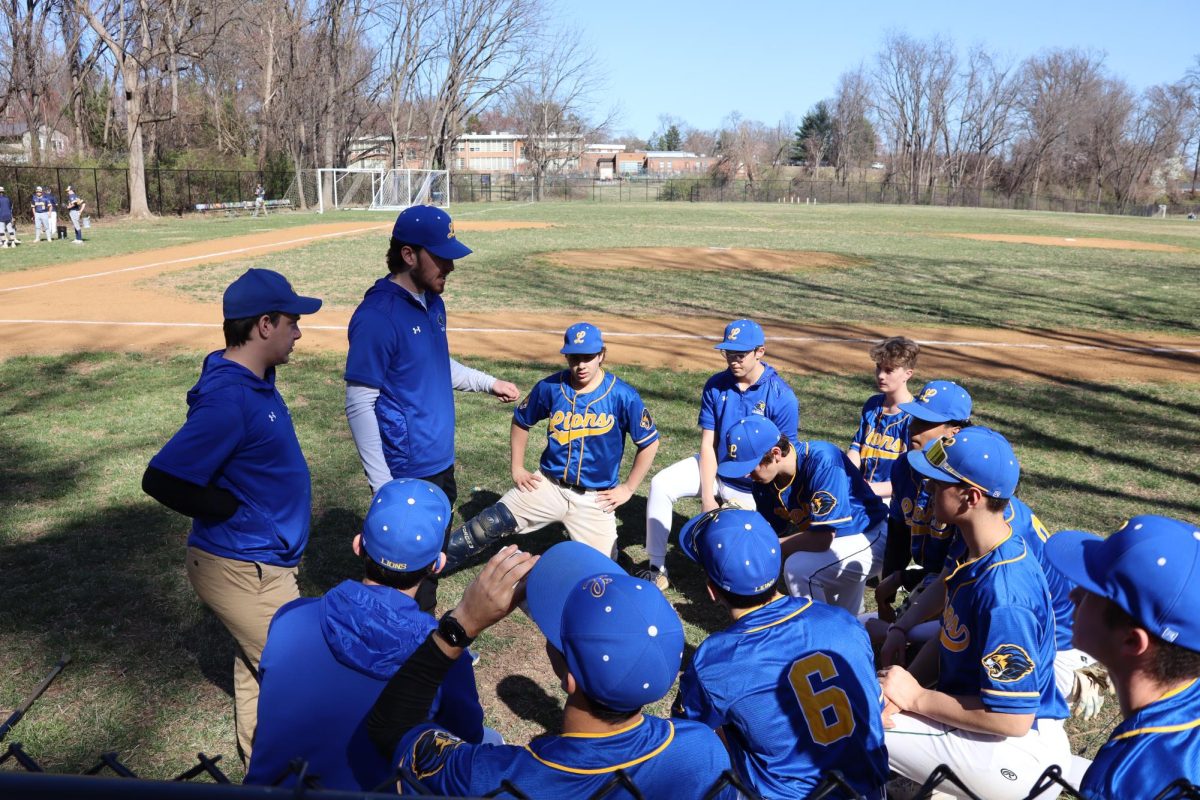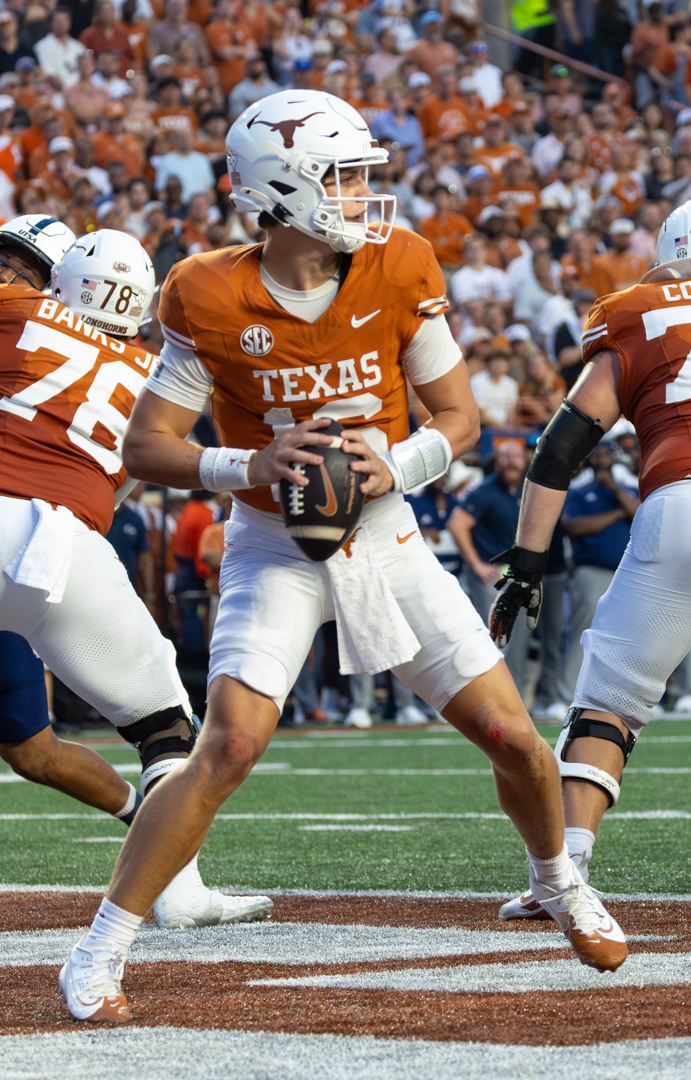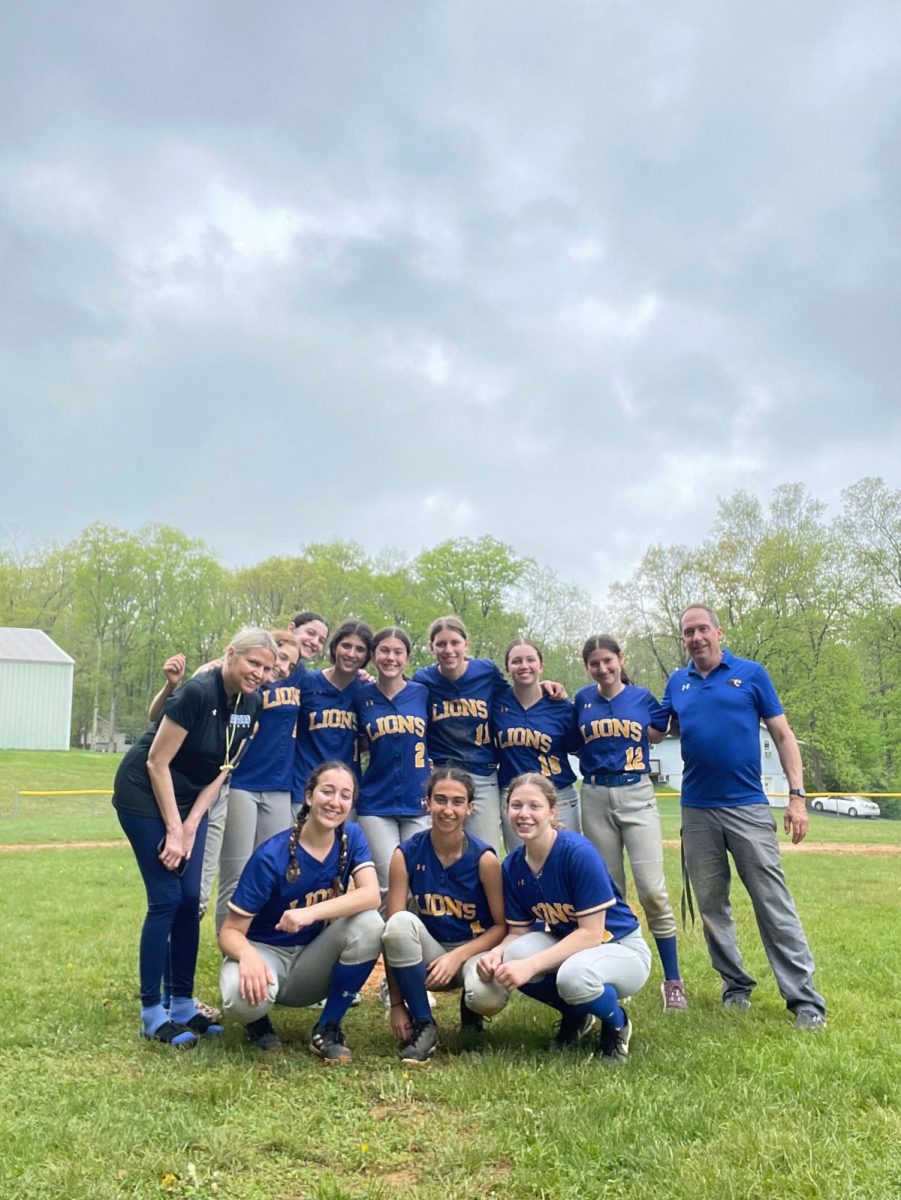For many, sports teams are an indispensable part of the CESJDS experience. From practices to championships, many students enjoy the opportunities that these teams have to offer. While people attend these games, few people see the work and organization that goes on behind the scenes of the Potomac Valley Athletic Conference (PVAC).
Founded in 1979, the PVAC was created when a group of D.C. and Maryland schools, including JDS, came together in search of friendly competition for private schools. With relatively similar student body populations and philosophies surrounding sports competition, the schools formed the PVAC.
Now, with 15 participating schools, the PVAC has nine sports with divisions for boys and girls: basketball, soccer, baseball, softball, cross country, track and field, golf, tennis, swimming and volleyball. Wrestling is the only official coed sport, although no school besides JDS has female wrestlers. The league does not allow members to recruit student-athletes.
“The league’s goal is to foster competition between its member schools,” Executive Director of the PVAC Jessie Gaylord said. “It provides meaning to a season, it provides structure to school schedules … but it also provides guardrails and rules to level the playing field.”
Former athletic director at the Field School, Gaylord has been involved with the PVAC since 2006. As league director, Gaylord works with the athletic directors of each school to organize the PVAC. He helps set policies, looks after the league’s financial status and acts as a referee liaison.
To join the PVAC, a school must go through a substantial application process. This process includes a letter of interest from the school to the league with information about the school and a presentation from the athletic director of the school. Upon approval, the school participates in the league for a probationary year before officially joining.
“We’re all kind of homegrown schools,” former President of the PVAC and Director of Athletics Becky Silberman said. “…It’s a really good mix of people and abilities, and it also gets space for kids to thrive in different areas.”
A school is required to have at least five different sports teams to participate in the league. For each sport team in the league, a minimum of four teams is required for a playoff tournament, and a minimum of five teams is required for a regular season.
In November, the JDS Student Athletic Leadership Committee participated in a retreat at the Field School with students from two other schools in the PVAC. Through group discussions and listening to lectures from various PVAC staff, the student-athletes worked to find ways to improve the league and created a code of conduct for fan participation at sporting events.
Junior Amalia Netter attended the retreat and appreciated that the PVAC was looking for ways to better itself and take feedback from students.
“I think it [the PVAC] looks out for students’ interest,” Netter said. “They really wanted to hear how it could help the students specifically.”
With so many different schools involved, the PVAC sometimes faces scheduling issues. For example, religious differences prohibit schools like JDS and Melvin J. Berman Hebrew Academy from playing games on Friday or Saturdays, while schools like St. Anslems cannot play on Sundays. Thus, according to Silberman, the league schedules some games approximately seven or eight months in advance of the season.
Despite minor challenges, Gaylord believes the league serves students well. According to Gaylord, the PVAC’s schedule allows for students to be multi-season athletes without compromising a sport. Silberman also notes that students can be successful as athletes and thrive in other parts of their academic and extracurricular lives because the league is not as competitive or demanding as others are.
“It’s a really wonderful league because of its diversity,” Gaylord said. “There’s a lot of religious diversity and socioeconomic diversity and a lot of different schools of thought, both literally and figuratively, of different academic philosophies. I think it’s cool that sports can be a space where things are relatively level and you can bring people who have different backgrounds together to engage with one another.”


